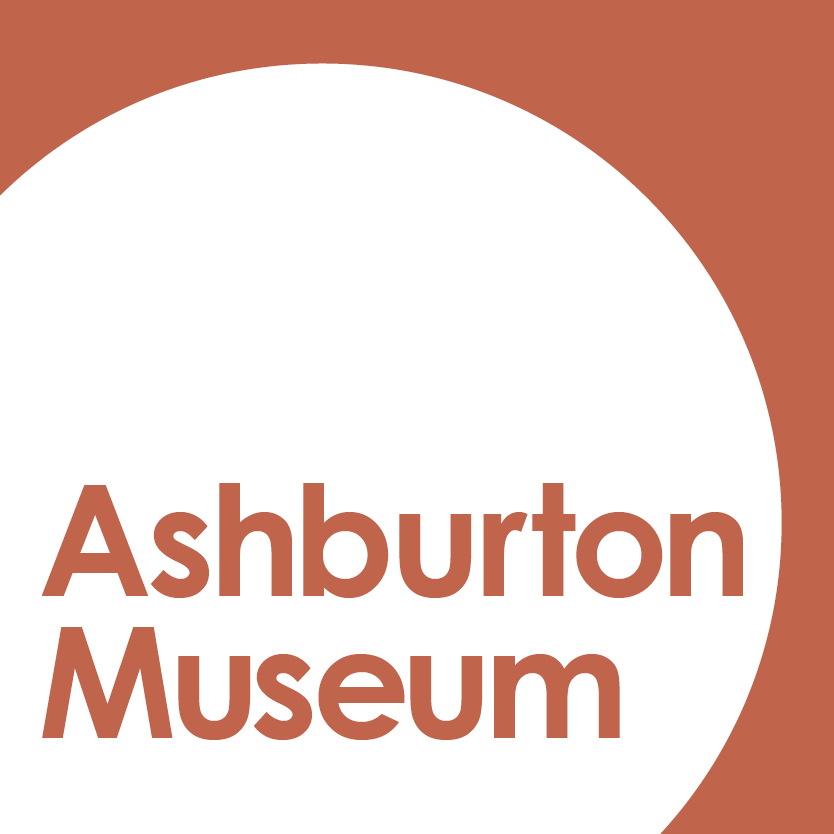Like many allied countries, too many Ashburton men were lost in the Battle of the Somme. Another one of the 51 Ashburtonians whose death can be recalled a century later is Arthur William Claridge, a talented violinist well known in Ashburton musical circles, who was employed by Friedlander Bros.
Rudolph Friedlander when farewelling him from the family business in June 1915 spoke feelingly about his connection to the firm and wished Claridge a safe return but it was not to be.
Arthur was a grandson of Thomas and Jane Gates, one of Ashburton’s foremost musical families that had strong links to St Stephen’s Church where Thomas was both a chorister and choirmaster. The Gates children were all competent musical performers and teachers of various instruments but particularly prominent over a long period of time were Horace – a music retailer, music teacher, conductor and a performer of vocal and instrumental works – Rhoda an accompanist, Ethel a violinist and Ada a cellist. In 1884 Rhoda married Arthur Charles Claridge who also contributed to the town’s musical life. Her six pregnancies did not seem to interfere in any way with her frequent public appearances as an accompanist. Rhoda and Arthur’s son Arthur William was born in March 1886 followed by his five sisters, Beatrice 1887, Ethel 1889, Jane 1891, Catherine 1893, and Agnes 1895. Four of these sisters, both before and after their marriages played important roles in many social events where music performance was a dominant feature. There may still be a few people who can recall their contributions.
A fit young man
Arthur attended Borough School and in his final year, 1899, he gained the top mark in the Ashburton High School Board of Governors’ Scholarships. After two years secondary schooling he joined Friedlander Bros as a clerk and three years later, in 1905, he held the position of accountant with that big stock and station firm. Contemporary sports reports indicate he played both cricket and football for the company. Like many of Ashburton’s young men he joined the Ashburton Guards, the local volunteer defence group, taking part in their military-style training exercises. His medical records on enlistment reinforce the image of a well-built, fit young man.
As early as 1898, the ten year old Arthur’s violin solo at a St Stephen’s Church Ministering Children’s League Concert was favourably commented on by the Ashburton Guardian’s reviewer. From then on, always as a violinist, his name appeared occasionally in newspaper reports of musical activities. It is impossible to determine who taught him. One would imagine he was taught by family members, not least his mother Rhoda and her brother Horace Gates and sister Ethel Gates.
At the Orchestral Society’s June concert in 1905 his rendition of the classical violin solo De Beriot’s Sixth Air with variations saw him warmly welcomed as a newcomer to the ranks of the town’s amateur performers by the Guardian reviewer. From this point onwards his violin solos and occasionally duets never failed to please audiences and newspaper critic alike.
His departure
On the 14 June 1915 the Guardian detailed the farewell that Friedlander Bros accorded Arthur on the eve of his departure for Trentham to join the Seventh Reinforcements of the New Zealand Expeditionary Force. As it happened, he did not leave New Zealand until November of that year and by then he was part of the Eighth Reinforcements and attached to the 2nd Auckland Infantry Regiment. He sailed from Wellington on November 13 disembarking at Suez before Christmas. March he spent in Moascar, arriving at Etaples Northern France towards the end of April, and a month later he was at Armentières.
The battle of the Somme was fought between July and November 1916 and had one of the highest casualty rates of the War. After little more than three months in France the 2nd Auckland Infantry Regiment joined the Somme offensive with the result Sergeant Claridge was killed in action at Switch Trench on 15 September 1916, just ten months after leaving New Zealand. It is estimated by the time the fighting was halted in November around a million Commonwealth, German and French soldiers had been wounded, captured or killed.
Memorials
Claridge’s name appears on the New Zealand Memorial erected on the site of Switch Trench in the Caterpillar Cemetery near Longueval. The cemetery was given the rather odd name of ‘Caterpillar’ by the British army because of the long narrow valley which rises eastwards, past ‘Caterpillar Wood’ to the high ground at Guillemont.
In Ashburton his name was inscribed on the Cenotaph, the war memorials of the schools he attended, Borough and Ashburton High School, and on the Roll of Honour in St Stephen’s Church. These last three are not in their original positions but they can still be visited. The Borough School marble plaque is beside the school flagpole, the Ashburton High School memorial is in the foyer of Ashburton College, and St Stephen’s Church was opened in 1963 after its rebuild.
As we remember and honour these New Zealand soldiers who gave their lives in a war, not of their making, on the opposite side of the world, we can but ponder what the loss and grief meant for their families. And the Great War that was meant to end all wars has done no such thing.
By Margaret Bean
Captions
- The New Zealand Memorial Wall at the Caterpillar Cemetery in France.
- Mrs Rhoda Claridge, nee Gates, Arthur William Claridge’s mother.
- Thomas Gates, Arthur William Claridge’s grandfather.
- Horace Gates, music retailer, music teacher, conductor, vocalist, Arthur William Claridge’s uncle.
- Arthur Claridge in St Stephens Choir c.1907, back row far right.

Leave a comment